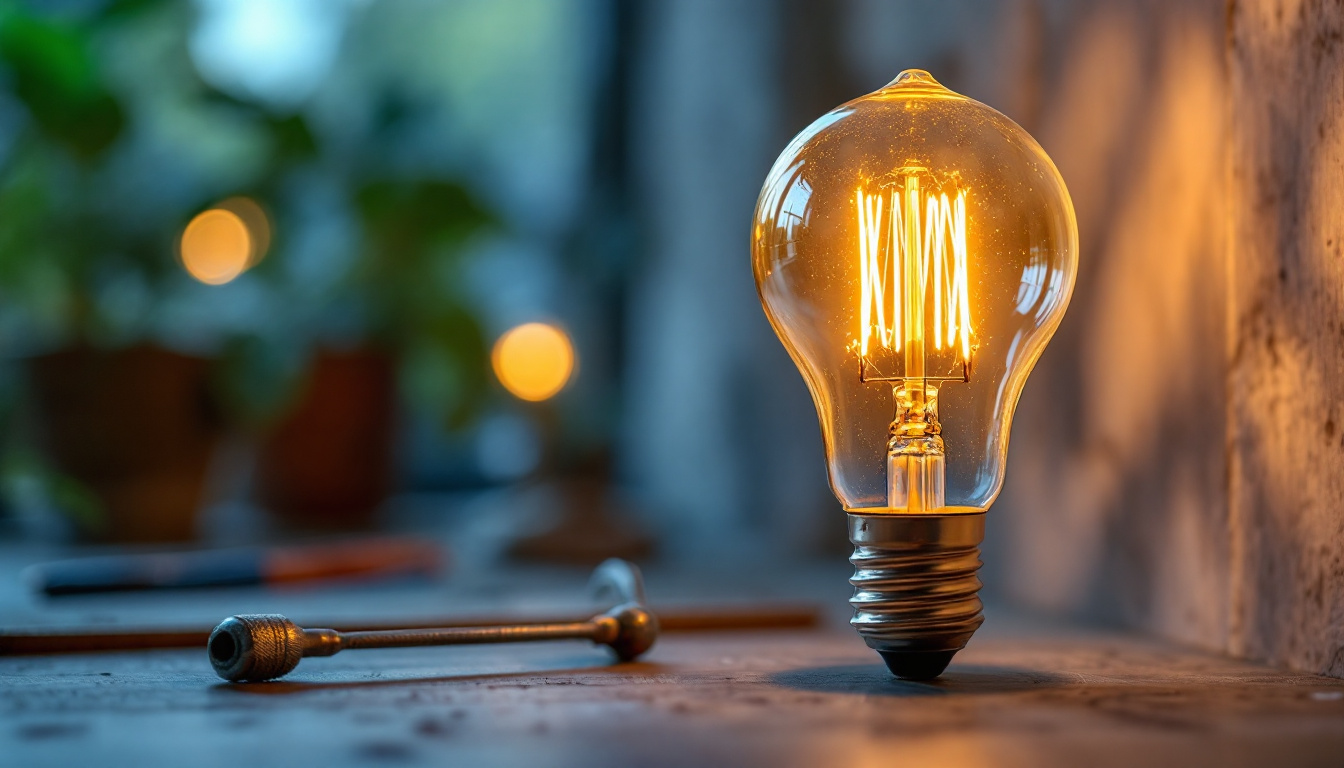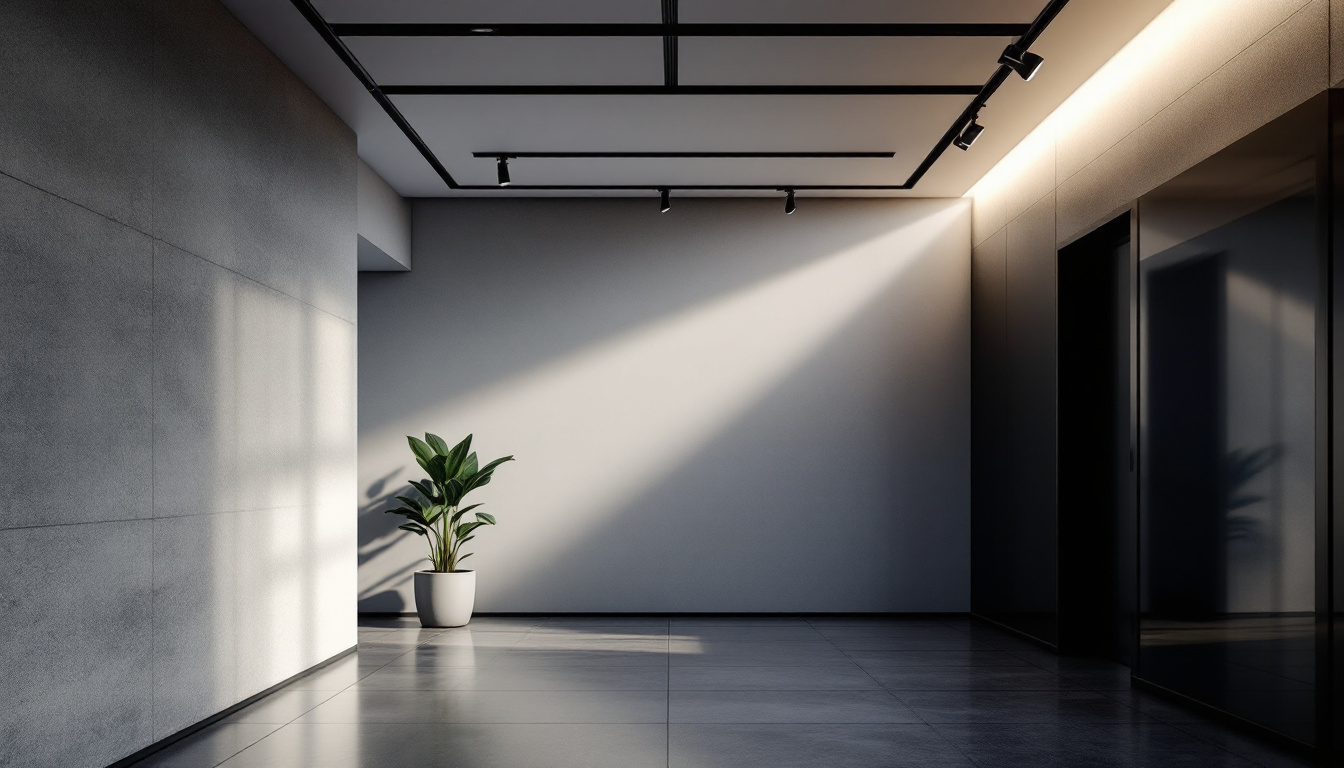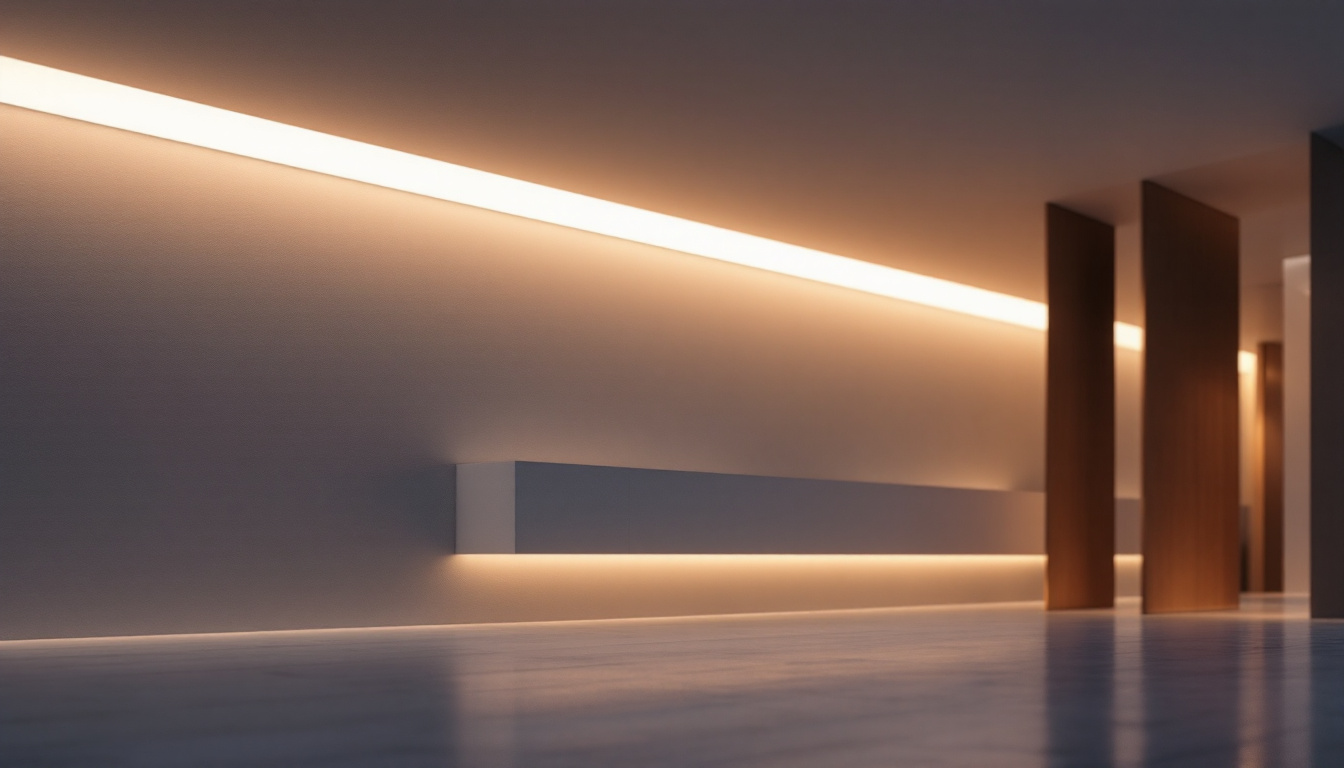
In the world of lighting design, decorative light bulbs have become a staple for enhancing aesthetics and creating ambiance in various spaces. However, even seasoned lighting contractors can fall prey to common mistakes when selecting and installing these bulbs. Understanding these pitfalls can lead to better project outcomes and satisfied clients. This article delves into some of the most frequent errors made by lighting professionals and offers insights on how to avoid them.
Before diving into the common mistakes, it is essential to grasp the different types of decorative light bulbs available. Each type serves a unique purpose and can significantly impact the overall design of a space.
Incandescent bulbs have long been favored for their warm glow and ability to create a cozy atmosphere. However, they are energy-inefficient and have a shorter lifespan compared to their LED counterparts. LEDs, on the other hand, offer a wide range of color temperatures and designs, making them a versatile choice for decorative lighting.
Contractors must be aware of the benefits and drawbacks of each type. While incandescent bulbs may be preferred for certain vintage or traditional settings, LED bulbs can provide energy savings and longevity, making them ideal for modern applications. Additionally, the advancements in LED technology have led to the development of dimmable options, allowing for greater control over lighting intensity and mood. This flexibility can be particularly beneficial in spaces that serve multiple functions, such as dining rooms or living areas, where ambiance is key.
Decorative bulbs come in various shapes, including globe, vintage filament, and candle styles. Selecting the right shape is crucial for achieving the desired aesthetic. For instance, globe bulbs work well in open fixtures, while candle-shaped bulbs are often used in chandeliers.
Contractors should consider the overall design theme of the space when choosing bulb shapes. A mismatch can detract from the intended ambiance and leave clients dissatisfied. Furthermore, the finish of the bulbs—whether clear, frosted, or colored—can also play a significant role in the final look. Clear bulbs can enhance brightness and clarity, while frosted options can diffuse light for a softer effect. In addition, colored bulbs can add a playful or dramatic flair, making them perfect for themed events or seasonal decorations. Understanding these nuances allows contractors to make more informed decisions that align with their clients’ visions.
Even with the right bulbs, improper installation can lead to unsatisfactory results. Here are some frequent installation mistakes that contractors should avoid.
One of the most common errors is failing to ensure that the decorative bulb is compatible with the fixture. Not all bulbs fit every socket type, and using the wrong bulb can lead to functionality issues or even damage.
Contractors should always check the specifications of both the bulb and the fixture before installation. This attention to detail can prevent costly rework and enhance the overall quality of the project. Additionally, it’s important to consider the wattage and voltage requirements of the fixture. Using a bulb with a higher wattage than the fixture is rated for can lead to overheating and potentially create a fire hazard. Therefore, understanding the electrical specifications is crucial for a safe and effective installation.
Placement is key to effective lighting design. Decorative bulbs should be positioned to maximize their aesthetic appeal while providing adequate illumination. A common mistake is placing bulbs too high or too low, which can diminish their decorative effect.
It is essential to consider the height of the fixture and the intended use of the space. For example, in dining areas, pendant lights should hang at a height that allows for both functionality and decoration without obstructing views. Furthermore, the spacing between fixtures should also be carefully planned; too close together can create harsh shadows, while too far apart may leave areas inadequately lit. A well-thought-out lighting layout not only enhances the visual appeal of a room but also contributes to the overall ambiance, making it a vital aspect of any installation project.
In today’s environmentally conscious market, energy efficiency is more important than ever. Contractors who overlook this aspect may find themselves at a disadvantage. As consumers increasingly prioritize sustainability in their purchasing decisions, the demand for energy-efficient solutions continues to rise. This shift not only reflects a growing awareness of climate change but also a desire for long-term cost savings, making energy efficiency a critical factor in any construction or renovation project.
Many decorative bulbs come with energy ratings that indicate their efficiency. Failing to consider these ratings can lead to higher energy costs for clients and may tarnish the contractor’s reputation. Energy ratings, such as those provided by ENERGY STAR, serve as a valuable guide for contractors to recommend products that not only meet aesthetic needs but also contribute to lower energy consumption. By selecting bulbs with higher ratings, contractors can help clients reduce their carbon footprint while also enjoying the benefits of lower utility bills.
Contractors should educate themselves about the energy efficiency of different bulb types and recommend options that align with their clients’ sustainability goals. This not only benefits the environment but also enhances client satisfaction. Furthermore, staying informed about advancements in LED technology, such as color temperature options and lifespan improvements, allows contractors to present a well-rounded approach to energy-efficient lighting. By doing so, they can position themselves as knowledgeable professionals who care about both the environment and their clients’ financial well-being.
Another common oversight is not considering the dimming capabilities of decorative bulbs. Not all bulbs are compatible with dimmer switches, and using the wrong combination can lead to flickering or even damage to the bulb. This not only frustrates clients but can also lead to additional costs for replacements or repairs. Understanding the nuances of dimming technology, such as the differences between leading-edge and trailing-edge dimmers, can empower contractors to make informed decisions that enhance the overall lighting experience.
Contractors should ensure that both the bulbs and the fixtures are compatible with dimming systems. This consideration allows clients to create the desired ambiance and enhances the versatility of the lighting design. Moreover, incorporating smart lighting solutions that offer app-controlled dimming can further elevate a project, appealing to tech-savvy clients who appreciate convenience and customization. By embracing these modern advancements, contractors can not only meet but exceed client expectations, establishing themselves as leaders in contemporary lighting design.
Design plays a crucial role in the success of any lighting project. Contractors must be mindful of how decorative bulbs fit into the overall aesthetic of the space.
One of the most significant mistakes contractors can make is failing to coordinate lighting choices with the interior design of the space. Decorative bulbs should complement the color scheme, furniture, and overall style of the room.
To avoid this, contractors should collaborate closely with interior designers or clients to ensure that lighting choices enhance the overall design. This collaboration can lead to a more cohesive and visually appealing result.
Color temperature can dramatically affect the mood and functionality of a space. Decorative bulbs come in various color temperatures, ranging from warm to cool tones. A common mistake is not considering how these temperatures will influence the ambiance of the room.
Contractors should educate clients about the effects of different color temperatures and help them choose bulbs that align with their desired atmosphere. For instance, warmer tones may be more suitable for living areas, while cooler tones might be preferred in workspaces.
Effective communication with clients is vital for successful project outcomes. Many contractors overlook the importance of educating clients about their lighting choices.
Decorative bulbs often come with specific maintenance requirements that clients may not be aware of. Failing to communicate these needs can lead to premature bulb failure and client dissatisfaction.
Contractors should take the time to explain how to care for and maintain decorative bulbs, including cleaning and replacement schedules. This proactive approach can enhance client trust and satisfaction.
Clients appreciate having options when it comes to decorative lighting. A common mistake is presenting only one type of bulb or style, which can limit the client’s ability to make informed decisions.
Contractors should provide a range of options, including different styles, shapes, and energy-efficient choices. This variety not only empowers clients but also showcases the contractor’s expertise in lighting design.
Safety should always be a top priority for lighting contractors. Neglecting safety protocols can lead to hazardous situations and liability issues.
All electrical installations must adhere to safety standards to prevent accidents. A common mistake is overlooking these regulations when installing decorative lighting.
Contractors should stay informed about local electrical codes and ensure that all installations comply with safety standards. This diligence not only protects clients but also enhances the contractor’s reputation for professionalism.
Decorative bulbs, particularly incandescent ones, can generate significant heat. Failing to consider heat management can lead to fire hazards or damage to fixtures.
Contractors should assess the heat output of decorative bulbs and ensure that fixtures are designed to handle this heat. Proper ventilation and heat management strategies can prevent potential issues and ensure the longevity of the lighting installation.
Decorative light bulbs offer a unique opportunity to enhance the aesthetic appeal of any space. However, lighting contractors must navigate various challenges and avoid common mistakes to ensure successful installations. By understanding the types of bulbs available, paying attention to installation details, considering energy efficiency, and communicating effectively with clients, contractors can elevate their lighting projects to new heights.
Ultimately, avoiding these common pitfalls not only leads to better project outcomes but also fosters long-term relationships with clients. As the demand for decorative lighting continues to grow, staying informed and adaptable will be key to success in this dynamic industry.
Ready to avoid the common pitfalls in decorative lighting and take your projects to the next level? Choose LumenWholesale for an unbeatable selection of spec-grade lighting products at wholesale prices. Say goodbye to middleman markups and hello to top-quality, reliable lighting that meets the highest industry standards. With free shipping on bulk orders, you can stock up on the best lighting solutions without worrying about hidden fees. Elevate your lighting projects with the perfect blend of quality, affordability, and convenience. Wholesale Lighting at the Best Value is just a click away.

Discover essential tips and expert advice for selecting and installing outdoor lamps with confidence.

Discover why purchasing loading dock lights in bulk from local distributors might not be the best choice.

Discover how linear track lighting is transforming the industry and giving lighting contractors a competitive edge.

Explore the rising significance of LED linear lighting in the industry, highlighting its energy efficiency, versatility, and design flexibility that are transforming modern spaces.